SI joint pain in pregnancy can make it difficult to try staying active. Not only can workouts become trickier to navigate, as you try to find exercises that don’t flare-up your pain, but engaging in activities of daily living can be impacted, as well.
A full-term pregnancy is a long journey. I want you to be able to do the movements you love to do, and NEED to do, with as much comfort as possible.
So, how can we prevent and reduce pain in the SI joints during pregnancy and beyond? Read on to find my top 5 solutions for managing SI joint pain in pregnancy!
Where Are The SI joints?
SI Joints = Sacroiliac Joints.
The SI joints are in the pelvis. They are robust, strong, stable joints – YES, even during pregnancy.
These joints are located where the sacrum and ilium bones meet, hence the name “sacroiliac.” Muscles and connective tissues converge at these joints to assist with mobility and stability in these areas.
Image used with permission from Pelvic Guru®, LLC www.pelvicglobal.com
Additionally, you might be able to feel these joints on yourself. Put your thumbs onto the back part of the pelvis and then feel for a bony prominence, you’ll feel the outline of two circles. Let your thumbs fall under those circles, and this is where the SI joints are.
Why Do I Have SI Joint Pain In Pregnancy?
There are many reasons that SI joint pain can arise in pregnancy.
One widely regarded thought used to be that SI joint pain in pregnancy was caused because of the increase of the hormone relaxin. Relaxin increases significantly in the body through the early stages of pregnancy and then levels off.
Evidently, some research plus much coaching and clinical evidence does not support this idea.
We need to look beyond relaxin alone to understand why and to find solutions for SI joint pain in pregnancy.
Possible contributing factors to SI joint pain in pregnancy:
- Previous pregnancies
- There will be increased laxity of the connective tissues of the pelvis to assist the pelvic bones in creating more space for the baby to descend through and leave the pelvis: this can create differences in stability or strength at the pelvis, hips, or low back
- Growth of the fetus in utero can impact the sensations felt on the pelvis
- Less variety in movement during pregnancy due to discomfort, low energy, sickness, etc.
- Fears and anxieties about the pain you’re experiencing, or being worried that you might do something that ramps the pain up
- Changes to abdominal muscle and pelvic floor muscle function, e.g. less muscle support from the abdominals, increased muscle tension in the pelvic floor
- Increased Body Mass Index (BMI): studies do suggest that higher BMI levels are predictive of pelvic pain in pregnancy.
However, there are many reasons WHY this could be that are unrelated to someone’s body weight or body size. For example, research has also shown that poorer experiences of body image can be related to increased pain.
How someone might feel ABOUT their body, especially as it grows and changes through pregnancy, can impact the sensations they feel in their body.
1). Prioritize Strength Training
Strength training is one of the most modifiable forms of exercise to engage in throughout a pregnancy. There are endless varieties of movements to choose from, to support the body as it changes.
This can be really important when navigating SI joint pain in pregnancy, as you might need to test different exercise variations to see what feels best on your SI joints during and after workouts.
Interestingly, many people find that strength training is the most comfortable form of exercise for them on the whole body and especially the hips and low back, as they move further into the second and third trimesters.
Regular strength training can help reduce SI joint pain in pregnancy! Many folks experience noticeable benefits with 1-3 sessions of full-body strength workouts per week.
To follow a safe and effective prenatal strength training plan, join our To Pregnancy And Beyond online fitness coaching program here.
2). Add In Mobility Work
Using mobility exercises in pregnancy can be extremely helpful in managing SI joint pain.
It is important to note that mobility exercise does not only mean stretching or increasing flexibility. Mobility exercises are used to move through or flow through different positions with the body. Of particular importance in pregnancy will be to move through different planes and varieties of movements with the ribcage and pelvis as a focal point.
You can do mobility exercises in pregnancy daily, or as needed. Choose 1-5 exercises to complete, or set a timer for 5 minutes and simply explore low level movement with your body to see what feels good.
For more clarity, here are 3 example of mobility exercises you can use to help manage SI joint pain in pregnancy:
3). Vary Your Body Alignment and Posture
As the saying goes, “your next posture is the best posture!”
Furthermore, there is no one BEST way to stand, sit, or hold your body during pregnancy. You can often gain more comfort in the body and SI joints when you are changing body positions more often throughout the day.
In this situation, to address solutions for SI joint pain in pregnancy, it will be important to get the pelvis moving in many different ways.
Spend time in the day with the pelvis in a “neutral” position (stacked), with it tipped forwards (anterior tilt), and with the bum tucking under (posterior tilt).
Most importantly, if you notice your tendency is to:
- stand or sit in the same body position
- hold your child on the same side of the body
- do activities only or often with your dominant arm or leg
… mix it up! Do something different throughout the day as you’re able to.
4). Vary Your Exercise Position
Another key point to manage SI joint pain in pregnancy is to ensure you’re varying your exercise position in workouts, so long as you’re able to.
Instead of ONLY doing exercises in standing positions, or with the feet side-by-side, I encourage you to include exercises where you’re:
- Kneeling on both knees
- Kneeling on one knee
- Stagger the feet with one foot in front and the other behind
- Use one arm at a time
- Rotating the hips and trunk
- Resisting rotation
Here are examples of exercise positions to include in a well-rounded prenatal workout to help support SI joint pain in pregnancy:
Half Kneeling Exercises:
Seated Exercises:
Supine Exercises:
For more guidance on using different exercise positions in pregnancy to manage SI joint pain, listen to Episode 141 of the To Birth And Beyond podcast here.
5). Positive Language and Body Beliefs
The truth is that what you believe ABOUT your body can influence how you feel IN your body.
This is not to dismiss your pain AT ALL: your pain is real. You are not making it up. I believe you and what you’re experiencing in your body.
Regardless, what you tell yourself about your pain and discomfort can impact how you experience that pain, and impact how you move or don’t move your body,
I want you to know and trust that your SI joints are strong and stable. These joints are incredibly well supported in pregnancy.
Additionally, try to believe that things are going to improve and your SI joint pain in pregnancy can change, and specifically, reduce. As difficult as it can be, try to interrupt yourself if you are mentally spiraling about the pain. There is so much hope to be had!
As I have noted, there are many possible tools and solutions for SI joint pain in pregnancy. Try these 5 strategies and over time I’m hopeful you’ll see improvements and reduction in pain!
Jess
For more guidance on how to use exercise to reduce your SI joint pain in pregnancy might I suggest…..
Strong in 20: The Complete Full Body & Pelvic Floor Fitness Solution For Busy Moms and Parents
During this 1-hour workshop and workout, I’ll walk you through strategies to help you build fitness and strength training into your life–20 minutes at a time!
Then, we’ll move through a 20-minute strength training workout together.
If you’re ready to move your body and reduce your stress, you can get registered below.

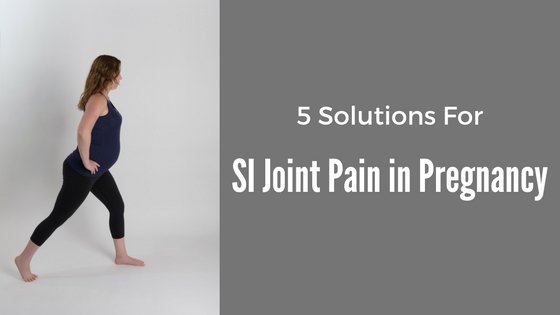
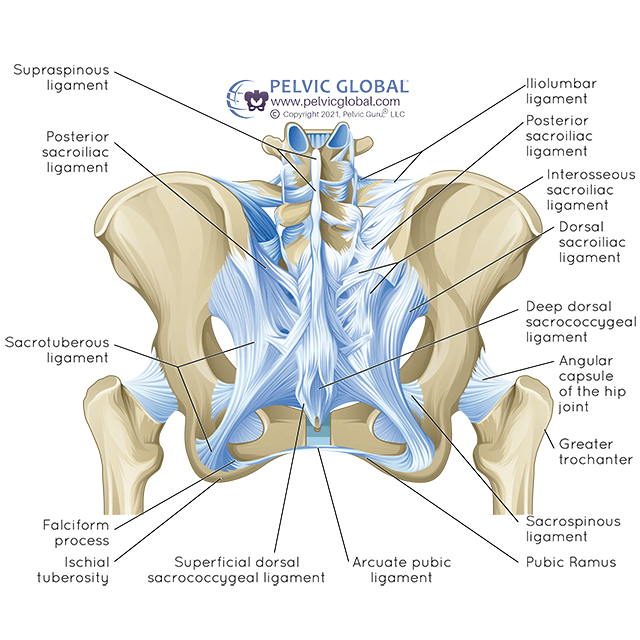
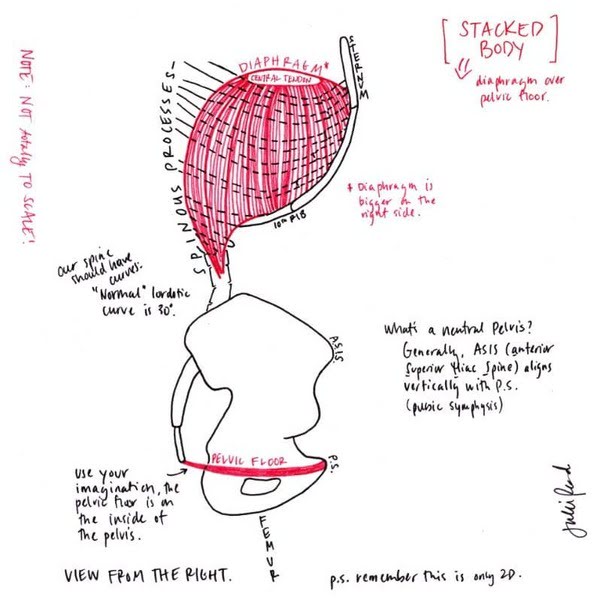
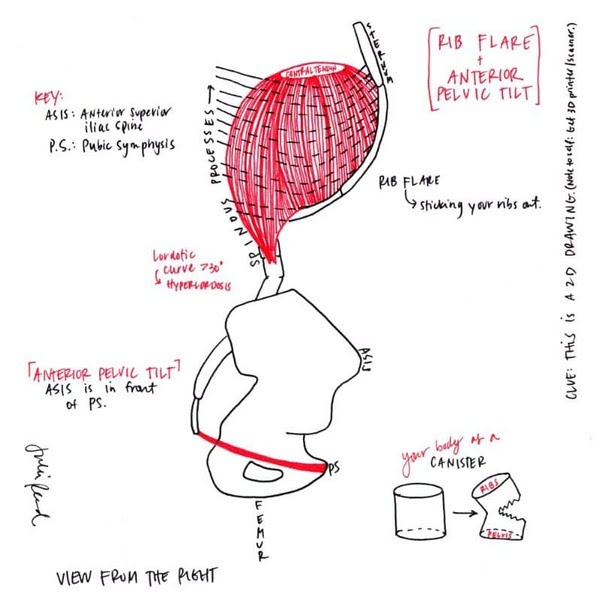
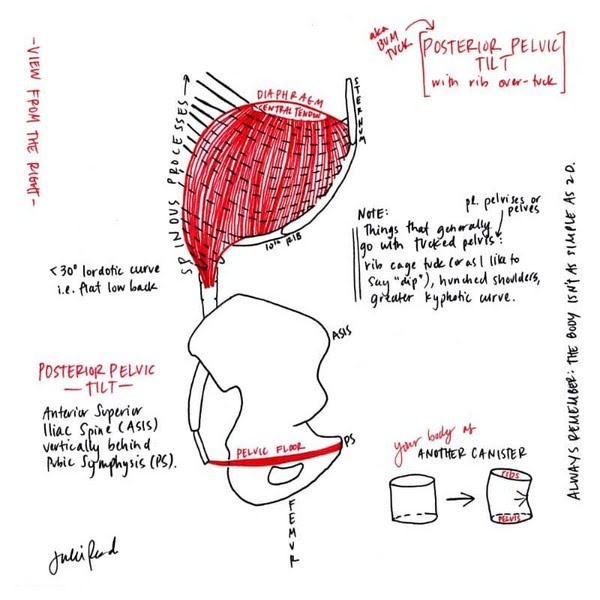
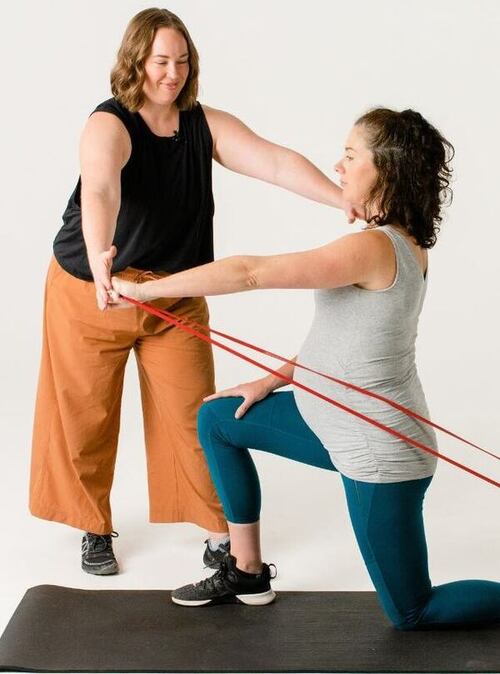
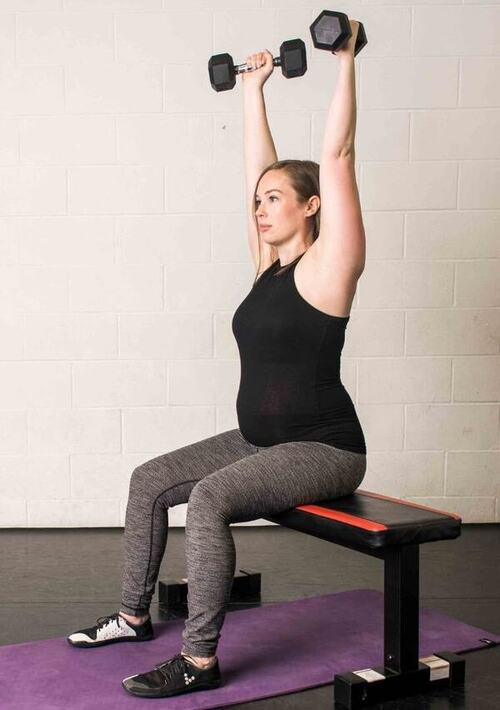
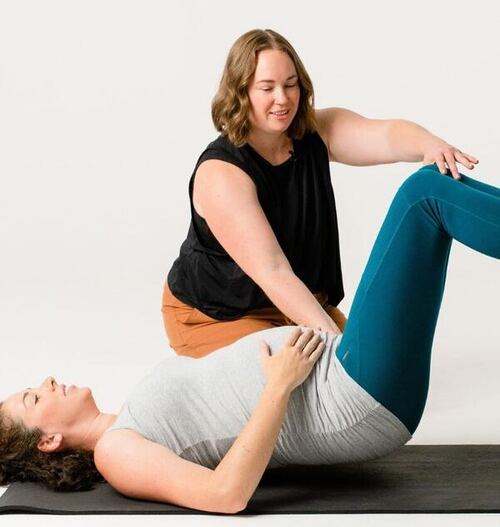
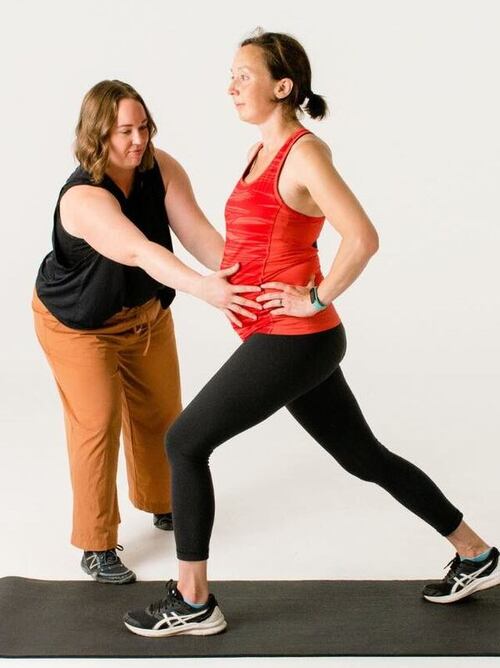

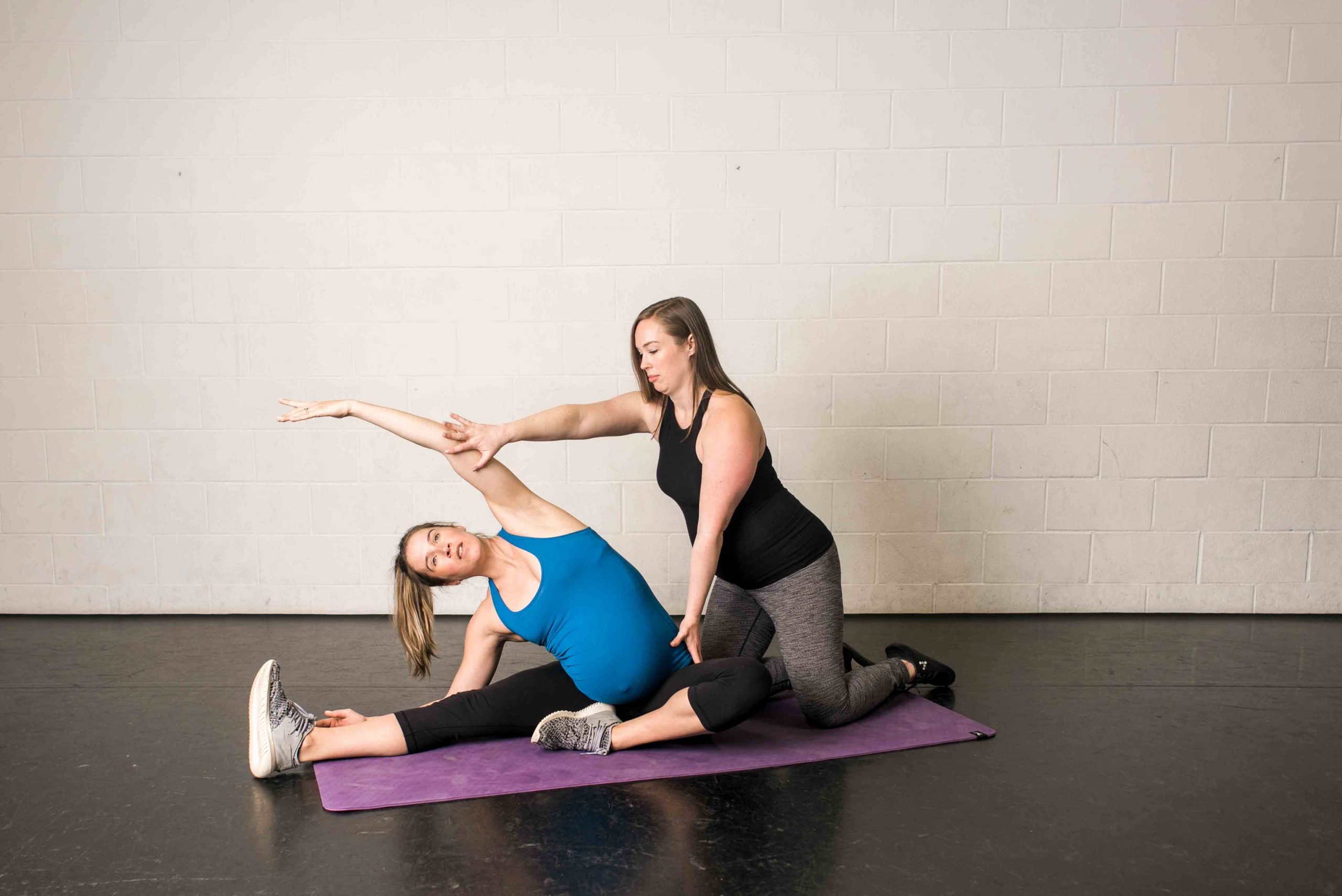


Hi Jessie! Thanks for some great info. I am newish to Pre and Postnatal Training after staying home with my kids for the last 5 years. I really like your video that explains the reasons why we shouldn’t tuck our pelvis under during a squat. I have most of my mamas-to-be practice pelvic tilts and pelvic circles to become more aware of the pelvic area and create space in the hips area. Do you avoid tucking the pelvis in all exercises with your pregnant clients? Do you think that practicing pelvic tilts and circles is a good idea in pregnancy even though they are technically tucking their bum? I appreciate your feedback!
Hi Julie! Thanks so much for reading and leaving a comment! No, you do not have to avoid tucking the pelvis, no! It can be helpful to move the pelvis in all pain-free directions. Yes to pelvic tilts and circles! I hope this helps Julie! Take care.